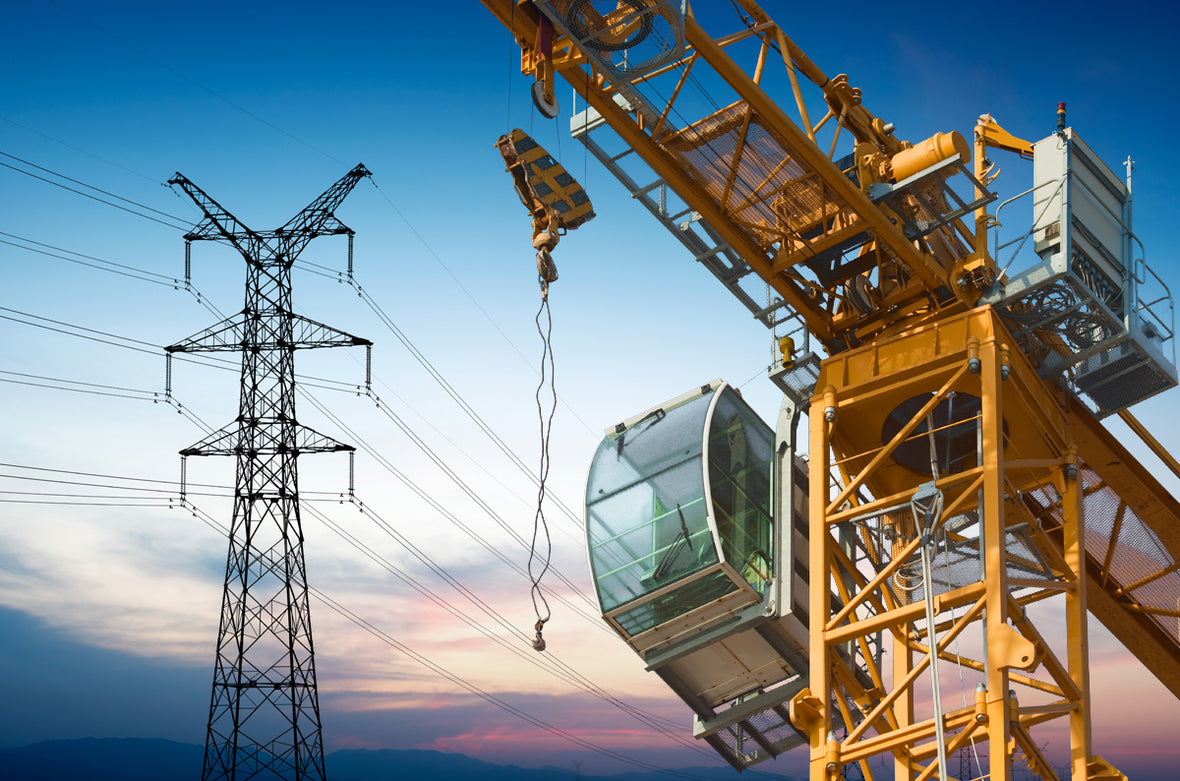
Ensuring Tower Crane Performance through Power Supply Stability: A Vital Link in Construction Safety
In the realm of construction, tower cranes stand as towering symbols of progress, efficiency, and innovation. These mammoth structures facilitate the movement of heavy materials, aiding in the construction of skyscrapers, bridges, and other monumental edifices. However, their efficient operation is contingent upon a crucial but often overlooked factor: power supply stability. In this article, we delve into the intricate relationship between power supply stability and tower crane performance, highlighting its significance in ensuring both operational efficiency and safety at construction sites.
The Importance of Power Supply Stability: Tower cranes, with their intricate mechanisms and heavy loads, rely heavily on a stable and reliable power supply. Any fluctuations or interruptions in power can not only disrupt crane operations but also pose serious safety risks to workers and the surrounding environment. Power surges, voltage drops, or sudden outages can lead to equipment malfunction, loss of control over loads, and potential accidents, endangering lives and causing costly damage.
Impact on Crane Performance: Power supply instability directly impacts the performance of tower cranes in several ways:
-
Operational Disruptions: Fluctuations in power supply can result in sudden halts or jerky movements of the crane, disrupting workflow and causing delays in construction schedules.
-
Load Handling: Tower cranes are designed to lift and maneuver heavy loads with precision. However, unstable power can compromise the crane's ability to control loads accurately, increasing the risk of accidents such as load swings or drops.
-
Equipment Damage: Electrical components within the crane, such as motors, controllers, and sensors, are sensitive to variations in voltage and frequency. Unstable power can lead to premature wear and tear of these components, resulting in costly repairs and downtime.
-
Safety Hazards: Perhaps the most critical consequence of power supply instability is the heightened risk of accidents and injuries. A malfunctioning crane poses a threat not only to construction workers but also to bystanders and nearby structures.
Mitigating Risks and Ensuring Stability: Given the pivotal role of power supply stability in tower crane operations, construction companies must adopt measures to mitigate risks and ensure uninterrupted performance:
-
Voltage Regulation: Implementing voltage regulation systems helps maintain a consistent voltage level, preventing fluctuations that could affect crane operation.
-
Backup Power Systems: Installing backup generators or uninterruptible power supply (UPS) units provides a failsafe mechanism in the event of power outages, ensuring continuous operation of critical equipment.
-
Maintenance and Monitoring: Regular maintenance of electrical systems and vigilant monitoring of power quality help identify potential issues early on, allowing for timely intervention and prevention of downtime.
-
Training and Awareness: Educating crane operators and construction personnel about the importance of power supply stability and imparting skills to recognize and respond to power-related issues can enhance safety and operational efficiency.
In the dynamic landscape of construction, where precision, efficiency, and safety are paramount, power supply stability emerges as a linchpin in the performance of tower cranes. By prioritizing measures to ensure a stable and reliable power supply, construction companies can not only safeguard the integrity of their operations but also uphold the safety and well-being of their workforce and the surrounding environment. In the intricate dance of construction, where every movement is orchestrated with precision, the stability of power supply serves as the silent conductor, guiding tower cranes towards flawless performance and ensuring the realization of architectural marvels with efficiency and safety at the forefront.



